What's It Wednesday
These might be Man's best friend's best friend. But why and when did they come into use?
In his 1764 Dictionnaire philosophique, Voltaire wrote about the role of dogs:
Il semble que la nature ait donné le chien à l'homme pour sa défense et pour son plaisir. C'est de tous les animaux le plus fidèle : c'est le meilleur ami que puisse avoir l'homme
Translation:
It seems that nature has given the dog to man for his defense and for his pleasure. Of all the animals it is the most faithful : it is the best friend man can possibly have.
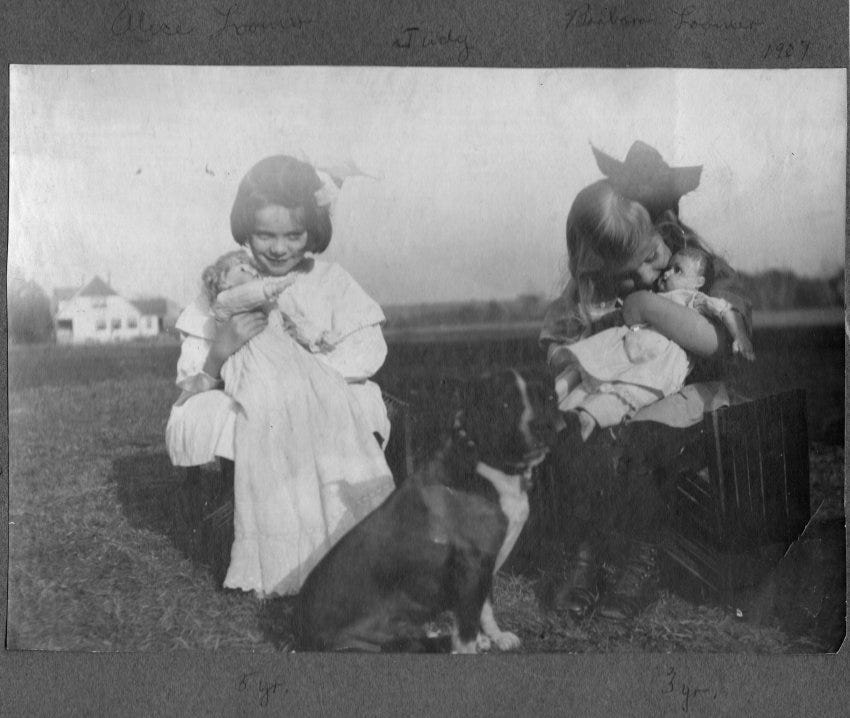
Man’s best friend may be a dog, but what is possibly a dog’s best friend? Dog tags! Dog tags provide reassurance that the beloved animal is protected against rabies, and identification, so a lost dog might be returned.
Dogs have been domesticated for centuries. In 2013, research was done with mitochondrial DNA taken from samples of ancient wolf and dog remains and modern-day wolves and dogs. The researchers determined that “Modern-day dogs were most closely related not to the modern-day wolves, but to the ancient canines from Europe.” The researchers concluded that dogs were derived from a now-extinct wolf breed sometime between 18,000 and 32,000 years ago, a time when hunter-gatherers roamed Europe. The dogs, descended from wolves, may have been used by hunter-gatherers for protection.
Around 5000 B.C., Ancient Egyptian Pharaohs, Kings and Queens were known to have dogs, although dogs were not as revered as cats. Dogs were kept mostly as guard dogs and for hunting. Nevertheless, they were mummified and buried with their owners.
Dogs were domesticated in Ancient China also. There dogs also were used primarily for work, pulling carts, or as guard dogs. However, Pekingese dogs had a special status and were revered as the official dog of the Imperial Palace.
Through the centuries, dogs evolved and became more domesticated and valued as companions. The wealthy or royal classes usually had pets - dogs, cats, fish, or birds. By the 16th and 17th centuries, the middle class began to have dogs as pets also.
It is thought that dog and cat collars were first used in ancient Egypt, as a status symbol rather than to show ownership. Through time, dog collars were used as a fashion statement for the wealthy. It wasn’t until the 1700s that dog collars began to carry the dog owner’s name.
The first documented dog license dates to 1446 in Utrecht, Holland. The fee for the license had to be paid in salt. (Salt was rare and expensive in the 1400’s.) One of the oldest dog licenses that still exists is from Rostock, Germany and dated 1775.
Licensing wasn’t widespread until the 1800s when lawmakers in Europe and the U.S. passed license laws to protect dogs against cruelty and to register ownership by paying for a dog license.
In the U.S., individual states and cities determined their laws and regulations for licensing and dog tags.
Thomas Jefferson wrote the first dog license law for the state of Virginia in 1809. His action was prompted by roaming dogs killing his Merino sheep. The law required that dogs have collars with the name of the dog owner. Jefferson wanted to be able to identify the owners and require them to pay him for the sheep their dogs had killed.
In 1810, Pennsylvania enacted a tax on dog owners that increased with the number of dogs owned.
By the late 1880s, with the Industrial Revolution and the availability of stamped metal, metal tags that could be attached to dog collars were used for identification. The tags included the license number, state, or town. Rabies vaccination tags were required too.
Fees for licenses varied from state to state. In March 1894, New York began requiring dog owners to obtain an annual license of ownership. The cost was $2 (about $65 in today's money).
Historically, the fees from licensing were given to local good causes or charities.
The Lawrence (MA) American and Andover Advertiser of July 1872, announced that the taxes received for dog licenses during the year, a sum of $1300, would go to purchasing books for the new Lawrence Free Public Library.
Perhaps the most curious story of a dog and dog tags belongs to Owney, the US Post Office Dog.
Owney was a terrier mutt that was “adopted” by the Albany, NY post office in 1888. According to the U.S. Postal Museum, Owney’s owner was a postal clerk who let the dog come to work with him. Owney grew fond of sleeping on the mail bags in the office. His owner moved away, but Owney stayed with the clerks at the Albany Office. He began to follow the mail bags as they left the Post Office, first onto the mail wagons and then onto the trains, riding on the Railway Mail Service across New York and then across the U.S. He soon became the unofficial mascot of The Railway Mail Service.
As he traveled, postal workers began to add tags to Owney’s collar to mark the places where he had been. Owney received so many tokens and tags on his collar that the weight on his neck began to cause problems. Postmaster General John Wanamaker made a special harness for Owney so that the tags were displayed more evenly over his body. At times, postal workers would remove some of the tags for safe-keeping and send them on to the Albany Post Office or Postal headquarters in Washington D.C.
Owney became famous. As part of an 1895 advertising campaign, the Tacoma, Washington postmaster sent Owney on a trip around the world. Owney journeyed across the continental US and then to the Middle East and Asia. He returned to Tacoma 113 days later.
In 1897, Owney had begun to move with difficulty, and was becoming irritable, probably due to old age. In June, on his last tour before retiring, Owney traveled to the Toledo, Ohio post office. He became distressed, snapped at his handlers and bit a mail clerk. The Toledo postmaster believed that Owney had become uncontrollable. He requested that the local sheriff put Owney down.
Mail clerks across the country were devastated. They raised money to preserve their mascot. Owney was first displayed at the P.O. headquarters in Washington DC. Then, in 1911 he was transferred to the Smithsonian Institution. In 1993, Owney was made part of the National Post Office museum exhibit where he still resides.
On July 27, 2011, the U.S. Post Office released a forever stamp to honor Owney.
Have you registered your dog, if you have one?
Section 137a of Massachusetts law requires that:
“The owner or keeper of a dog over the age of 6 months shall obtain a license for the dog. The registering, numbering, describing, and licensing authority in the city or town in which the dog is kept.”
Fair Warning -
If you live in Andover, it is getting close to the deadline of getting that shiny new dog tag. After March 1st, you’ll still be able to get a license, but “the administrative fee of $5 per month per dog will be added to the cost of the license.”
Thank you for reading! Please share your comments, pictures, or memories of your canine best friend. I’d love to hear your stories. Please comment below or email me at mhelmers@andoverhistoryandculture.org
History Buzz is a reader-supported publication. To receive new posts and support my work, consider becoming a free or paid subscriber.
Resources
Andover Center for History and Culture collection
Memorial Hall Library Historical Newspapers
Town of Andover Dog license information
Science Magazine Old Dogs Teach a New Lesson About Canine Origin
Ancient DNA Analysis of Canines
Monticello Site - Thomas Jefferson
Smithsonian National Postal Museum
Smithsonian National Postal Museum Interactive map of Owney’s travels






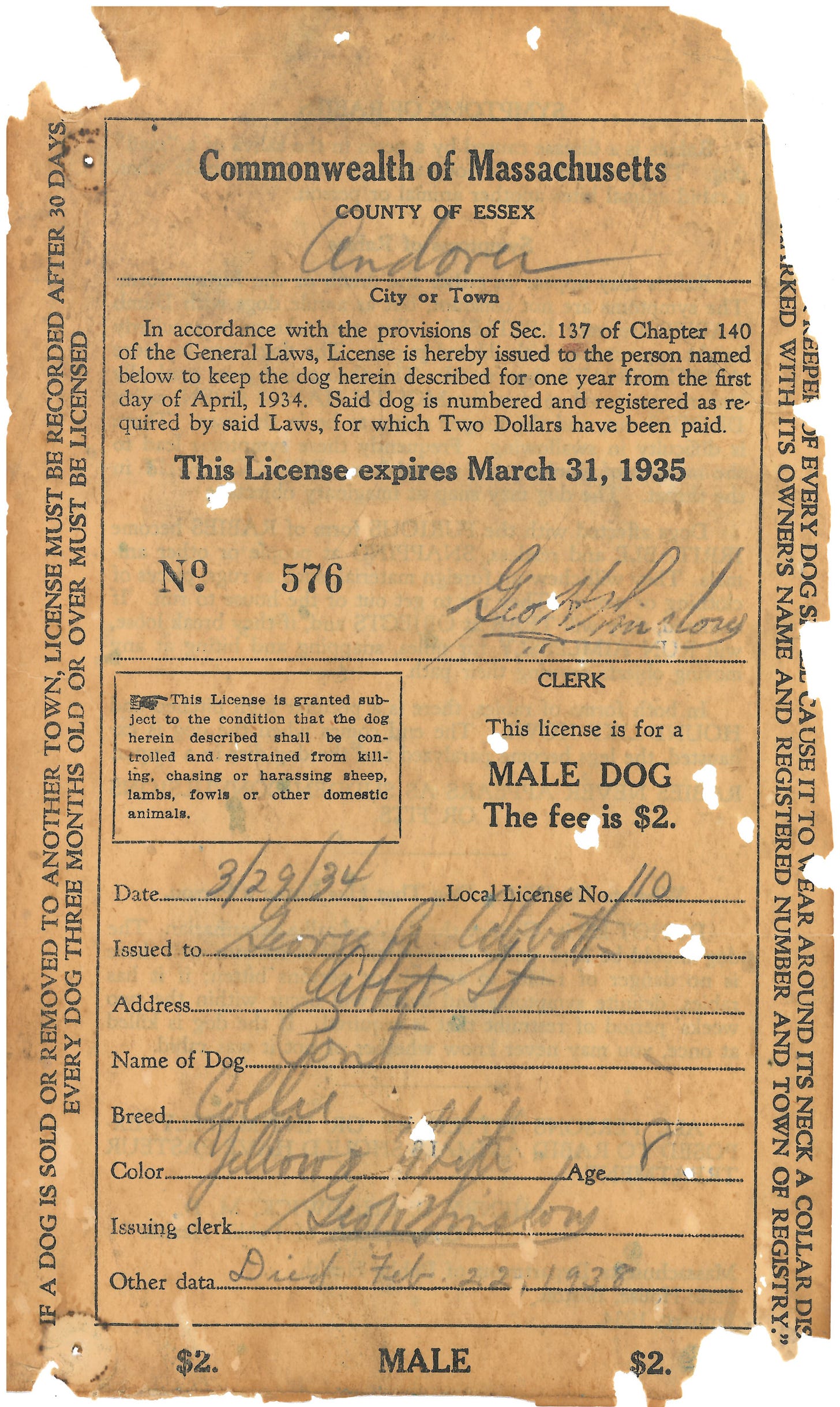
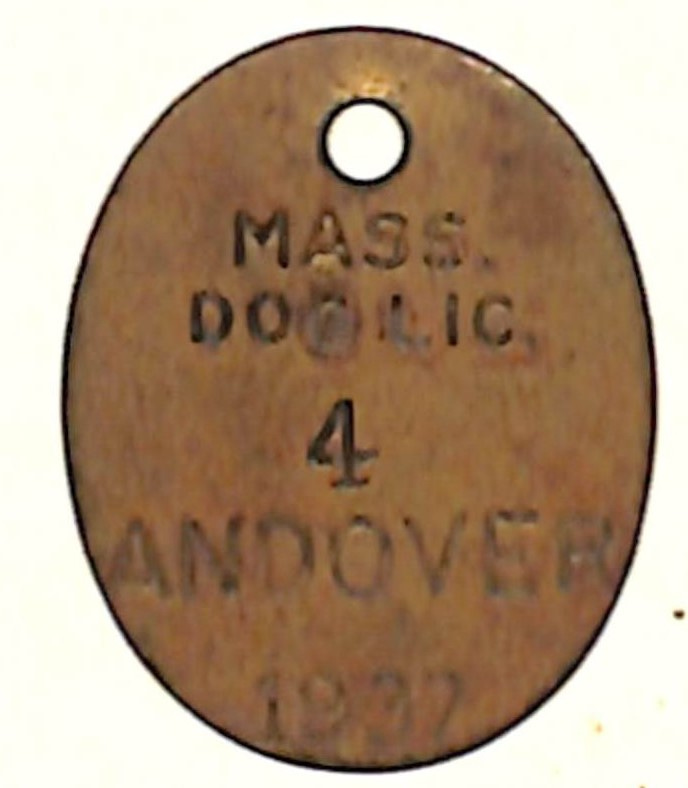
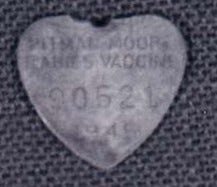
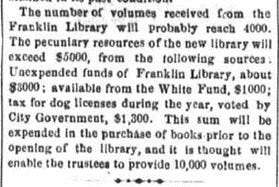

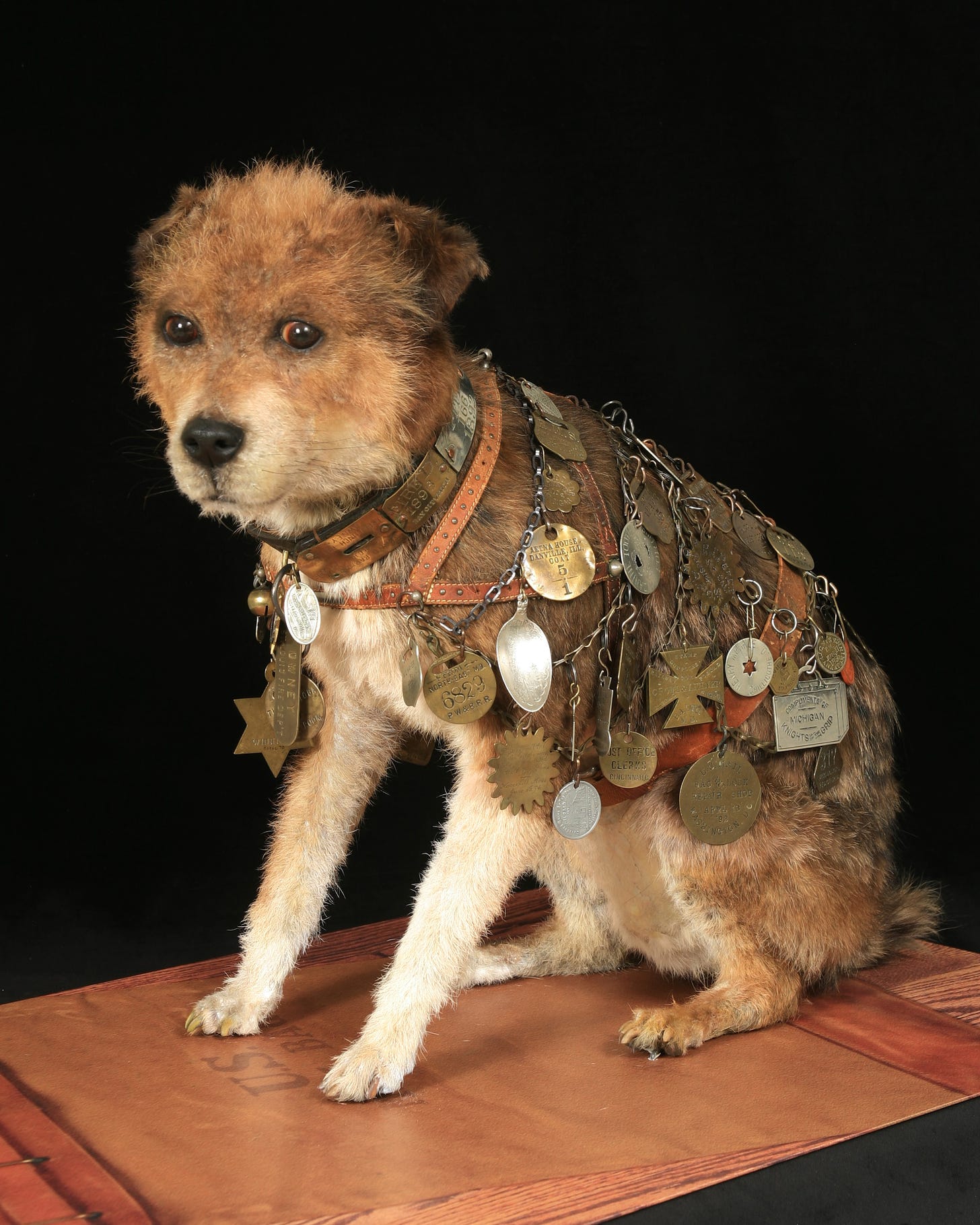


It's a dog's world out there...Nice story.
One of my favorite topics!